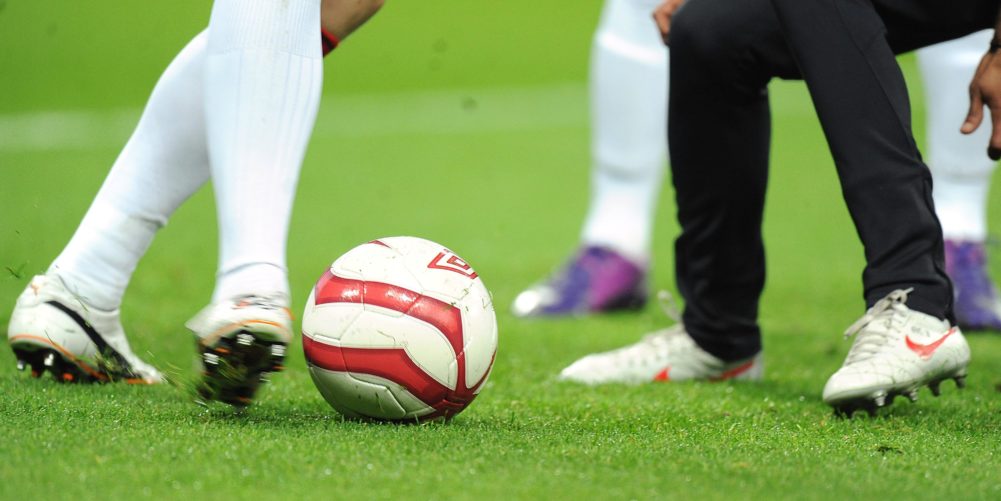One of the most important football events, the UEFA Champions League is changing its format. Beginning with the 2024–2025 season, UEFA has overhauled the structure to improve the fairness and attractiveness of the competition. This guide walks through the main features of the new format and investigates how it can affect clubs, players, and supporters.
The New Format vs. The Old Format
The UEFA Champions League comprised thirty-two clubs operating in a round-robin arrangement for many years. Eight groups of four separate the teams; the top two teams in a group advance to the knockout levels. Although this format is successful, UEFA believes there are better ways to liven the competition.
The league is set under the new framework using the Swiss approach, usually used in chess contests. Every team will compete in one league table instead of several divisions. Every team will play eight opponents in eight games depending on seeding and draws. This shift seeks to raise thrills while lowering predictability.
Important Modifications in the New Format
1. Growth of Competitive Teams
The UEFA Champions League’s revised structure will call for 36 teams rather than 32. More clubs mean teams from lower division leagues can take the front stage alongside elite teams.
2. Extra League Events
In the league phase, every team plays eight games under the revised schedule instead of six. This move will boost fan participation including cryptocurrency sports betting and let teams make more money from ticket and broadcast sales.
3. Stages of Knockout
The top eight teams on the league table move straight forward to the knockout stage. Teams occupying positions 9 to 24 will go through a two-leg playoff round to decide the eight spaces left in the Round of 16.
4. Less Dead Rubber
The count of dead rubber matches is expected to drop. As a result, teams will be more driven to treat every match of the tournament with seriousness.
Why the Need for These Transformations?
UEFA aspires to raise the involvement and inclusivity of competitiveness. More games and better fixtures in the new structure will help boost both the club and UEFA’s income. Eliminating uneven groups—which usually produce expected results—allows UEFA to promote a more fair tournament. Smaller division league teams now have additional possibilities to qualify thanks to the expanded league structure. Teams from the Scottish or Belgian leagues, usually overshadowed by clubs from the major European leagues, would now have a better opportunity to play at a top level.
The move also serves to compete with growing popular regional leagues like the Premier League. UEFA wants to provide supporters with more high-stakes games between Europe’s elite teams to help maintain the Champions League’s reputation as an exciting tournament. Also, club revenue is projected to rise. Directly related to the amount of matches played are more broadcast income and ticket sales. Teams like Real Madrid, Manchester City, and Bayern Munich stand to benefit especially since they regularly qualify for the Champions League.
Drawbacks to the New League System
Fixture Congestion
Combining the UEFA Champions League with local league schedules could cause players to be stressed out given the packed schedules of leagues such as the Premier League and La Liga.
Unfair Advantage to Elite-status Clubs
Critics claim top clubs could still gain an unfair advantage from the new tournament structure. For example, top clubs might use world-class reserve players to help them to control fixture congestion. This is a disadvantage too great for smaller teams with tighter resources.
Some Fans Prefer the Former
While extra matches might thrill broadcasters, some fans believe the traditional group stage layout is elegant and straightforward.
The Consequences for Fans
League games should be more interesting for fans. The new league system offers diversity instead of the same old schedules in small groups. Liverpool supporters might now see their team play Real Madrid, Bayern Munich, and AC Milan in the same league phase.
During the playoff round, there is even additional drama as teams fight for a place in the knockout stages. These changes are supposed to keep viewers fascinated throughout the tournament.
Comparison with Other Events
The “Swiss system” of the new layout transcends football. In chess and other sports, it has been applied to maintain fair competitions involving many participants. With knockout phases, the structure has the power to totally change football leagues due to its adaptability and volatility. This makes betting on the UEFA Champions League interesting since top crypto sports betting sites provide lots of chances for several sports betting markets.
Future Projections
The new structure will likely result in a more competitive equilibrium in European football. Smaller clubs will have an opportunity to shine, and fans will see first-rate games. Still, the players’ endurance and the coaching staff’s adaptability will also be tried. Stakes for clubs will be higher. Failing to rank in the top 24 could cause financial difficulties for mid-tier clubs depending on revenue from European competitions.























